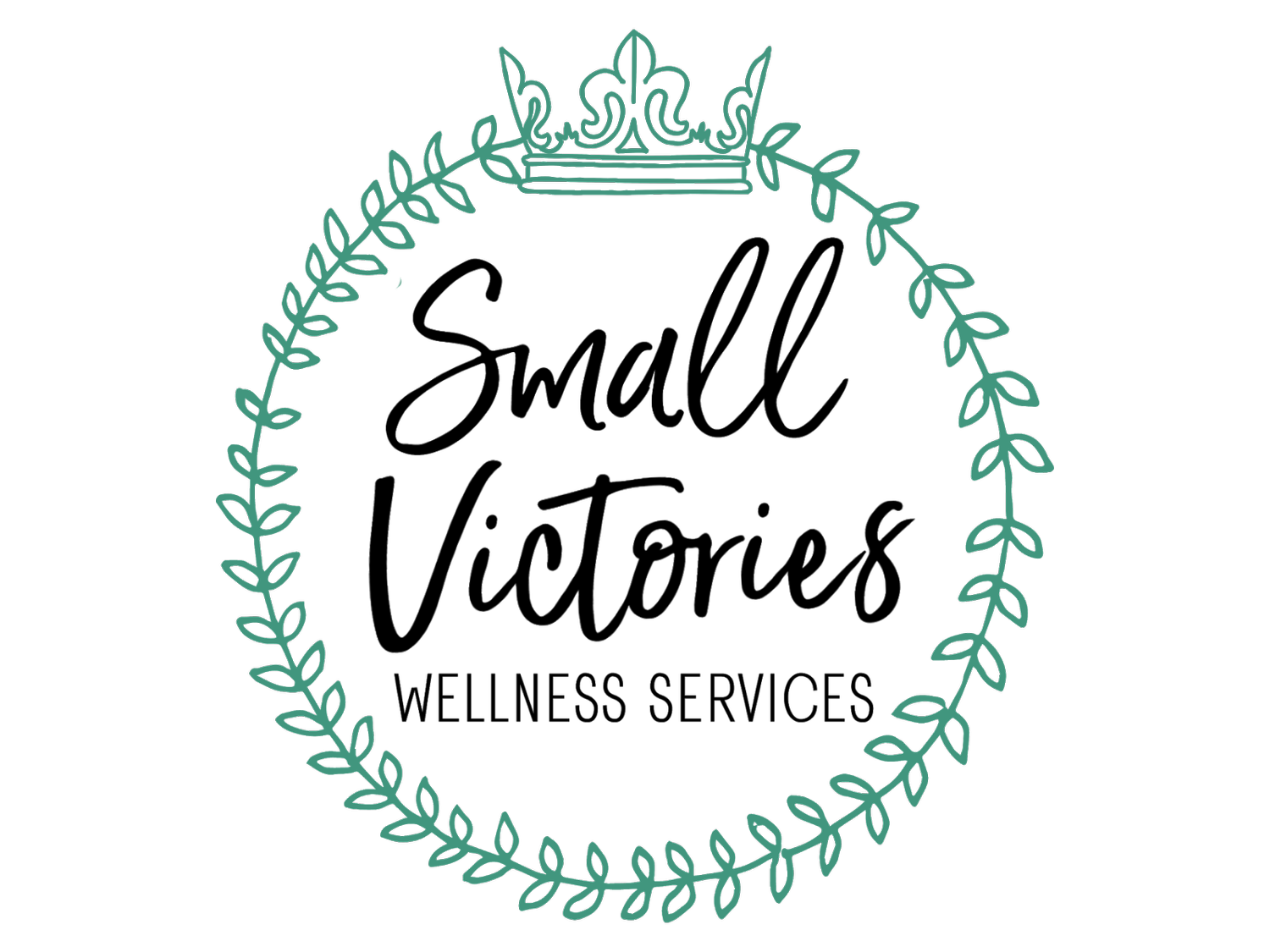Art Therapy
What it is and why it’s good for our brains.
Art Therapy is…
Art therapy is the use of the creative process within a relationship with a professional art therapist to work towards mental, physical, spiritual, emotional, social and community goals. Artwork is seen within the context of who you are and what is meaningful to you, not judged by the art therapist. Although what is created can lead to deeper insight and learning, the focus is on the process not the product.
Art Therapy is NOT…
Just for people who identify as artists or who regularly make art
Only for kids
Analyzing artwork and making judgments about the artist
Art Therapy vs. Therapeutic Art
People often tell me that they do art therapy on their own or with friends (coloring, drawing at home, writing songs or poems and pairing with photographs). Doing art on your own is INCREDIBLE and can be very therapeutic, but it is not the same as Art Therapy. The simplest way I explain the difference is by using the example of journaling vs. talking with a counselor. Most readily identify that journaling and speaking to a therapist are two distinct things. Journaling can be helpful, enlightening, and lead to mood improvement, but it is a very different process from talking to a trained professional. So too is art-making different from Art Therapy. The good news is both are beneficial, the benefits just come about in different ways.
Brain Benefits of Art Therapy
As an art therapist, I witness every day the ways art therapy can help people. Now, neuroscience is teaching us the science behind why it is helpful.
Here are some of the brain benefits that can occur during the Art Therapy process:
Brain activity can increase.
Art-making engages regions of the brain involved in processing emotion, problem-solving, activating pleasure and reward systems, memory, attention and impulse control. Engaging these systems can help to strengthen them and improve the way they work together. This can allow for changes such as feeling more emotionally stable when discussing difficult topics.
Levels of dopamine, the neurotransmitter linked to motivation, drive, focus, and concentration can increase.
This can help to prevent depression and protect the brain from aging.
Regions of your brain involved in planning and organizing are activated.
Activating these regions can help to improve problem solving. Even in a simple doodle, you are using your brain to make many decisions! Practicing in this way can support when you have to do more complicated tasks or make more difficult decisions.
New brain connections are likely made between brain cells.
The brain’s ability to grow connections and change over time is what is referred to as neuroplasticity. Research has demonstrated that art-making can increase psychological resilience and stress-resistance by promoting these connections in the brain.
The combination of motor activity (making art) and thinking about the process provides benefits.
The neurotransmitters released during the movement required to produce art can calm the body, increase energy, and relieve emotional and physical pain. Reflecting on what is created with your art therapist can help with creating meaning and forging new connections.
When you achieve a state of flow, or deep engagement in the process, your mind may get some relief from stressors.
This can lead to a more relaxed state of being, which can promote physical and mental health benefits.
Attention can be brought to the present.
Art therapy can help ground you in the here and now and keep you present in this moment. This allows for increased awareness of yourself and the environment, similar to what happens during meditation.
You may even have fun.
Often, art-making in Art Therapy can be a tool for relaxation and playfulness; something which allows us to feel free, relaxed, and connect with our inner selves.




